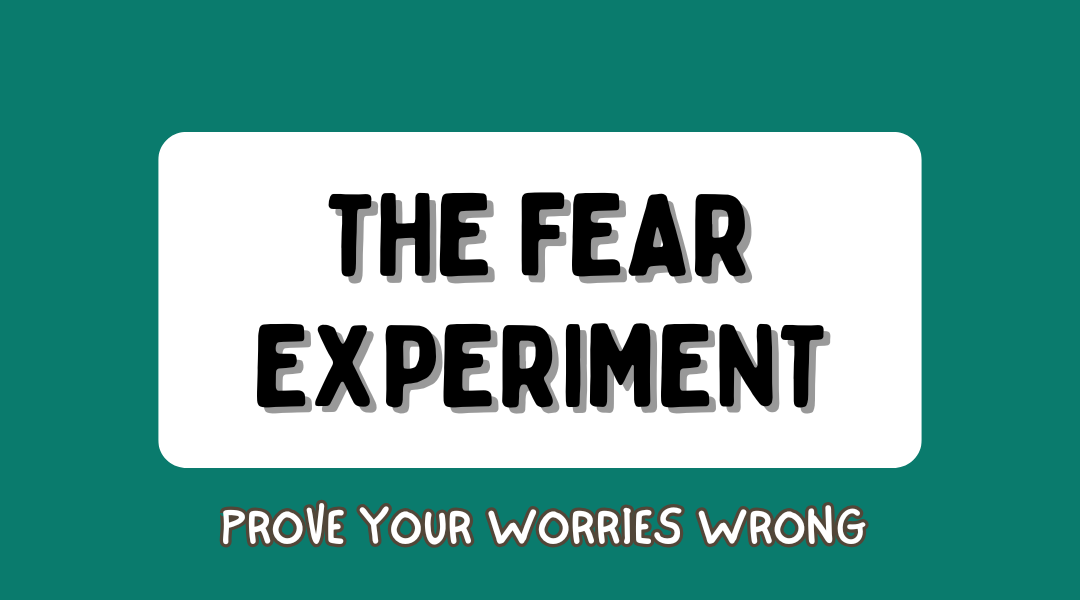Anxiety has a way of making imagined disasters feel real. That voice in your head whispers, “If you try this, something terrible will happen,” and suddenly, you’re frozen—even when logic says otherwise.
But what if you could test those fears instead of just believing them?
That’s the idea behind The Fear Experiment—a way to challenge anxious thoughts by stepping into them, just enough to see what actually happens. No reckless risks, no forced bravery. Just small, real-world tests that give your brain proof that fear isn’t always fact.
Why This Works
Anxiety feeds on avoidance. Every time you dodge something because you’re scared, your brain takes it as confirmation: “See? That was dangerous.” But when you gently push back—even a little—you collect evidence that things might not be as bad as you think.
It’s like a scientist running an experiment. You don’t assume the outcome—you test it and see.
Real-Life Fear Tests
1. The “I’ll Look Stupid” Fear
Thought: “If I ask a question in class, everyone will think I’m clueless.”
Experiment: Ask one question in the next lecture.
Result: Most people nod along (they probably wondered the same thing), or the teacher appreciates the engagement. No one laughs.
2. The “I’ll Be Judged” Fear
Thought: “If I wear something bold, people will stare and mock me.”
Experiment: Wear that bright shirt or statement accessory out for coffee.
Result: A barista compliments it. No one else seems to notice—or care.
3. The “I’ll Fail” Fear
Thought: “If I try to cook a new recipe, I’ll ruin it and waste food.”
Experiment: Make a simple new dish (with a backup frozen pizza, just in case).
Result: It’s edible—maybe even good!—and now you know you can try without disaster.
How to Run Your Own Fear Experiment
Step 1: Pick a Fear
What’s one anxious thought that holds you back? Write it down.
Example: “If I say no to my friend, they’ll be mad at me.”
Step 2: Design a Tiny Test
Choose a low-stakes way to test it.
Example: Decline one small request (“Sorry, I can’t help move this weekend.”)
Step 3: Observe What Happens
Did the worst-case scenario play out? Or did reality surprise you?
Example: Your friend says, “No worries, I’ll ask someone else!”
Step 4: Adjust Your Beliefs
Now you have proof: Saying no didn’t end the friendship. Next time, the fear will feel smaller.
Key Mindset Shift
This isn’t about “facing your fears” in some dramatic, all-or-nothing way. It’s about curiosity.
Instead of thinking:
“What if I embarrass myself?”
Ask:
“I wonder what actually happens if I try?”
The more you test, the more you realize: most fears are paper tigers. They roar loud but crumble under real-world proof.
Final Thought
Anxiety lies. The only way to call its bluff? Try the thing and see. Start small, collect your evidence, and watch how your confidence grows—one experiment at a time.
